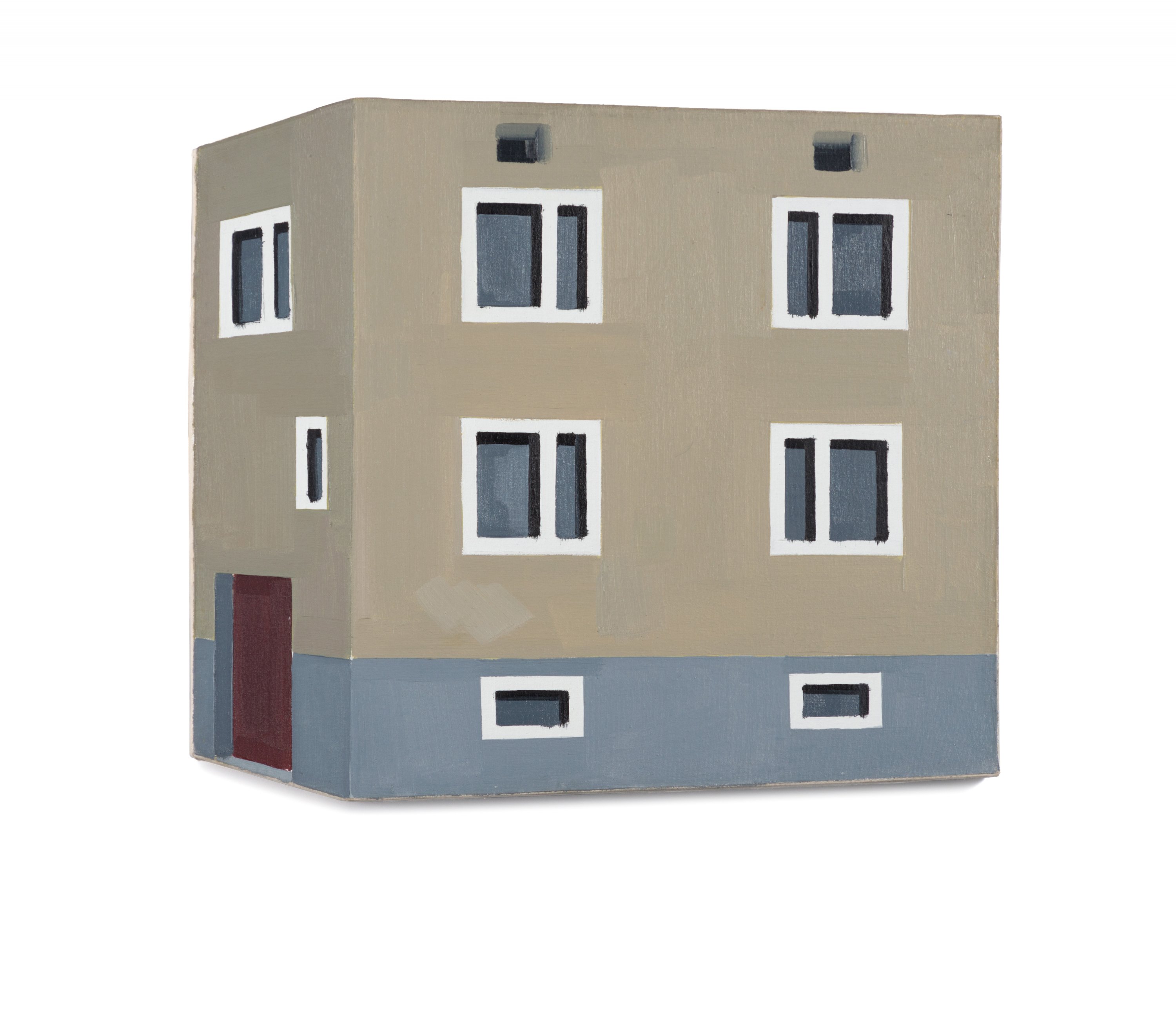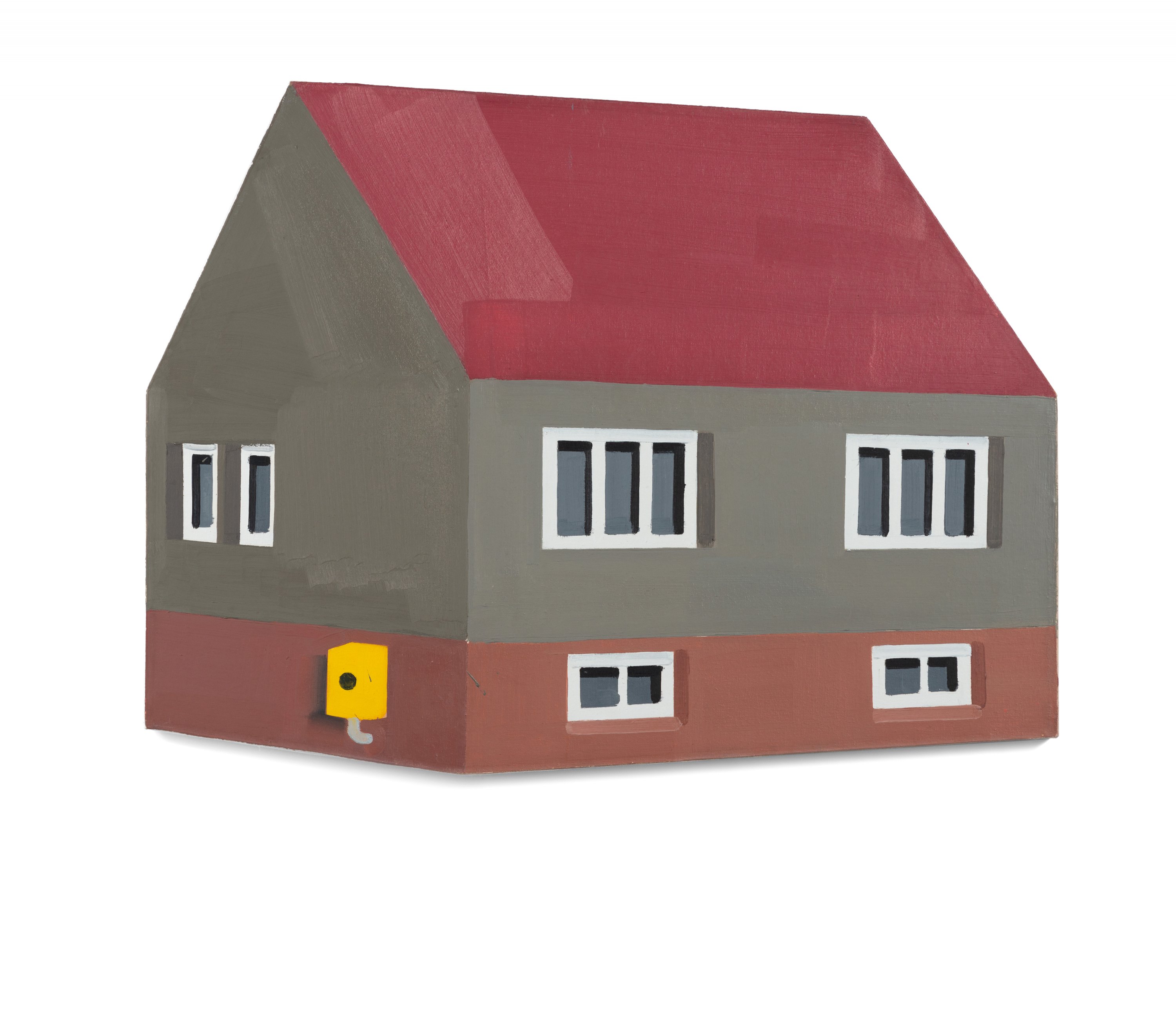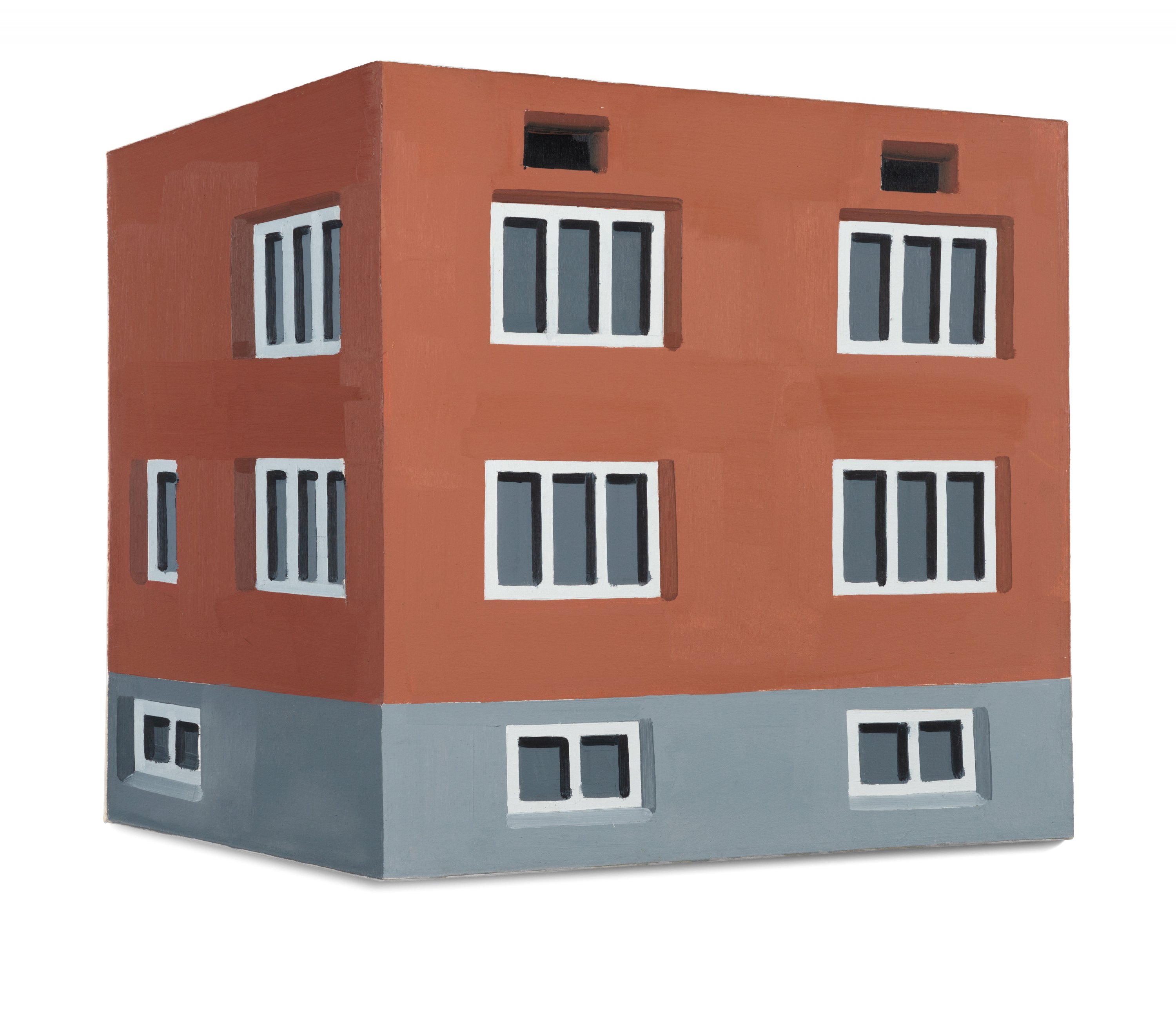Rafał Bujnowski
b. 1974, Wadowice
Painter, creator of drawings, sculptures, installations, and videos. He studied architecture at the Kraków University of Technology and graphic arts at the Academy of Fine Arts in Kraków. He was a co-founder (with Marcin Maciejowski, Wilhelm Sasnal and others) of the Ładnie Group, the greatest phenomenon in Polish art at the turn of the 21st century, with numerous followers among successive generations of artists. Bujnowski is a radical artist, combining painting with conceptualism and figuration with the abstract, occasionally painting a single work multiple times, or using only a single paint colour. He may use painting as an opportunity to draft a set of instructions on how to paint a portrait of the pope, how to design banners for a manifestation, or how to renovate the façade of the seat of an institution extending an invitation to co-operate. He managed the Open Gallery in 1998–2001, its exhibition space comprising several billboards in Kraków. He is the creator of sculptures in public space, such as Monument to Neurotics: Oskar’s Puddle, unveiled in 2019 at Al. Ujazdowskie 4 in Warsaw. Winner of the international Kunstpreis Europas Zukunft 2005 and the Jan Cybis Award for 2018. He lives and works in Warsaw.
Graboszyce
FSP ING 0047
Graboszyce is the result of Rafał Bujnowski’s pursuits as a painter, which he embarks upon in his immediate environment. He records banal and ordinary elements of Polish reality, bestowing on them the importance of collective experience. Houses in the series could have been built in Graboszyce, or any other Polish town or village for that matter. The pieces disallow identification of any individual story: simple and crude, their style is “artisanal”, in mimicking a bricklayer building a house. Their form and shape reflect the shape of underlying architecture, with slanting roofs and foreshortened perspective.
Graboszyce
FSP ING 0048
Graboszyce is the result of Rafał Bujnowski’s pursuits as a painter, which he embarks upon in his immediate environment. He records banal and ordinary elements of Polish reality, bestowing on them the importance of collective experience. Houses in the series could have been built in Graboszyce, or any other Polish town or village for that matter. The pieces disallow identification of any individual story: simple and crude, their style is “artisanal”, in mimicking a bricklayer building a house. Their form and shape reflect the shape of underlying architecture, with slanting roofs and foreshortened perspective.
Graboszyce
FSP ING 0049
Graboszyce is the result of Rafał Bujnowski’s pursuits as a painter, which he embarks upon in his immediate environment. He records banal and ordinary elements of Polish reality, bestowing on them the importance of collective experience. Houses in the series could have been built in Graboszyce, or any other Polish town or village for that matter. The pieces disallow identification of any individual story: simple and crude, their style is “artisanal”, in mimicking a bricklayer building a house. Their form and shape reflect the shape of underlying architecture, with slanting roofs and foreshortened perspective.


